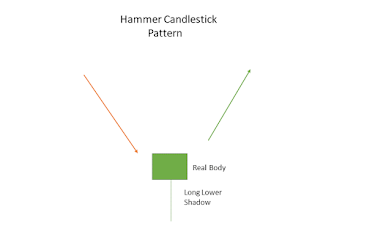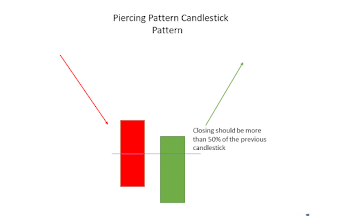A triangle is a chart pattern, depicted by drawing trendlines along a converging price range, that connotes a pause in the prevailing trend. Technical analysts categorize triangles as continuation patterns.
In technical analysis, a triangle is a continuation pattern on a
chart that forms a triangle-like shape.
There are three triangle charts patterns:
- Ascending Triangle
- Symmetrical Triangle
- Descending Triangle The ascending triangle is a continuation pattern defined by an entry point, stop loss, and profit target. On the price chart, it appears as a horizontal support line connecting the highs to an upward moving trendline to the lows. Each ascending triangle has a minimum of two highs and two lows.
· Indication: Bullish
· Breakout confirmation: The confirmation for this pattern is a
close above the highs on average trading volume.
· Measuring: Subtract the height from the lowest low
of the pattern and then added to the breakout level.
· Volume: The volume declines throughout the
ascending triangle formation, expanding when the breakout occurs.
The symmetrical triangle is a chart that can be recognized by its lower highs and higher lows. When two trend lines converge with the converging trend lines connecting and containing several peaks and troughs, then this pattern is indicated.
· Pattern type: Continuation or reversal
·
Indication: Bullish or bearish
· Breakout confirmation: The confirmation for this pattern is a
close above or below the converging trend lines on above-average trading
volume.
· Measuring: subtract the height of the lowest low
and the highest high of the pattern and then add or subtract this amount to the
breakout level depending on which way the breakout moves.
· Volume: The volume declines throughout the
ssymmetrical triangle formation, expanding on the breakout.
hh
j The descending triangle pattern is a popular bearish continuation pattern that is created by drawing a horizontal line that connects low points and a trend line that connects lower highs.
·
Pattern type: Continuation
·
Indication: Bearish
· Breakout confirmation: The confirmation for this pattern is a
close below the lows on above-average trading volume.
· Measuring: Subtract the height from the highest
highs and the low of the pattern and then subtracted from the breakout level.
· Volume: The volume declines throughout the
descending triangle formation, expanding on the breakout.
Happy Trading & Happy Investing
If any Doubt Msg me at this:- https://twitter.com/
Open Demat account:- https://zerodha.com/open-
3)
















